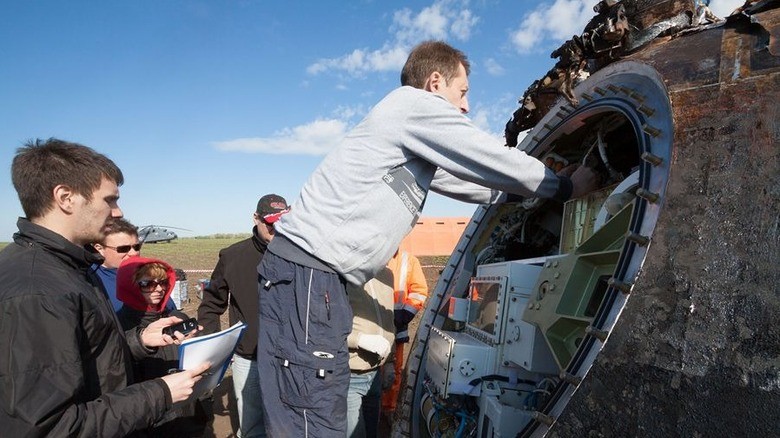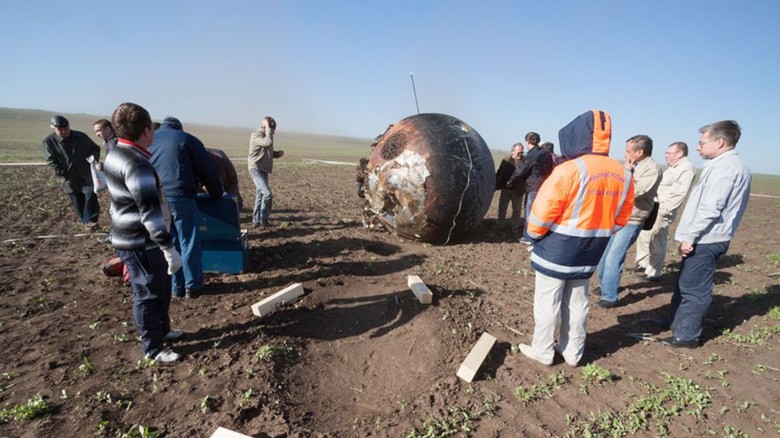Noah's Ark in Orbit: Russia's 75-Mouse Mission Returns to Earth
From the edge of space comes a very Earthly cargo: the Bion-M No. 2 satellite carried 75 mice, over 1,500 flies, microorganisms, plant seeds, and cell cultures into low Earth orbit to conduct more than 30 experiments and deepen our understanding of life in space. The descent module earned the nickname 'Noah's Ark' for its crowded cargo, and it touched down in the steppes of the Orenburg region. The scorching hot capsule sparked a brush fire, which was quickly extinguished so scientists could recover the experiments on-site. Ten mice did not survive the mission. Specialists also checked whether the onboard flies showed any nervous-system damage after their time in space. The overarching aim was to help design life-support systems for long-term space travel and to improve radiation safety for crewed spacecraft.

Beyond the Furry Passengers: What the Mission Aims to Teach Us About Living in Space
Led by Roscosmos and the Institute of Biomedical Problems, the August-launched mission aimed to run more than 30 experiments in low Earth orbit to study how life functions in space and to validate life-support systems that can withstand weightlessness and cosmic radiation. Among the experiments was a test of panspermia—the idea that Earth’s life might have origins in bacteria riding rocks through space. Specifically, researchers tested whether bacteria on basalt rocks could survive atmospheric re-entry. Results have yet to be revealed. Although the nickname 'space zoo' evokes animals, the work was designed to inform future human exploration and ensure safer, more reliable life support in deep space.

A Global Space Race with Fragile Alliances: Geopolitics After the Ark
Spaceflight remains thrilling but uneven: Roscosmos faces the erosion of its former global partnerships in the wake of Russia's invasion of Ukraine, complicating collaboration with Western institutions. The broader race to the Moon now feels lopsided, with the Trump era NASA layoffs and canceled missions cited as evidence of a shifting landscape. Meanwhile, the China Manned Space Agency appears ready to establish a permanent human presence on the Moon, repositioning China as a leading space power. In that context, the Bion-M No. 2 mission—often called Noah's Ark—sits at the crossroads of science and geopolitics. Its data could influence how humanity travels farther from Earth, even as nations negotiate a new era of space cooperation and rivalry.

